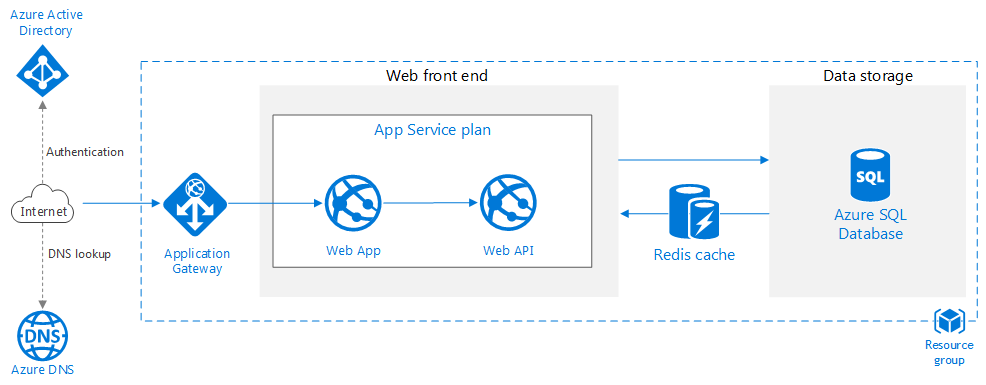Running over 200 projects on a daily basis, ranging from elevators for small residential buildings to large commercial high rises, and to meet the growing demands of being a leading NYC elevator manufacturer, the company needed to transform its manual inventory management processes by utilizing modern cloud-based solutions. It needed to re-build key aspects of its manufacturing processes as an effort to reduce costs and enhance employee productivity.
Previously, the company used a mixture of on-premises hardware and software, which included multiple versions of Microsoft Office, and pen-and-paper logs to keep track of their inventory.
This led to several inconsistencies in inventory levels and purchase orders fulfillment, unnecessarily increasing capital expenditures and operating costs, while reducing productivity due to employees spending significant time in data entry tasks.
The need to update their inventory management processes was evident from the start. Enter Mapa.
We were tasked with devising modern workflows from scratch, this included the development of a brand new Inventory and Warehouse Management System.
An enterprise cloud platform that would simplify the complexity of inventory and warehouse management, where employees could easily access and edit inventory levels in real-time, and administrators could generate detailed warehouse statistics.
We began to evaluate each stage in the manufacturing workflow from receiving, to manufacturing and delivery. At receiving, we found instances in which items would be manually written down as received in the receiving log, but would never end up entered in their inventory log. This caused administrators to place additional orders of items that were already in their warehouse.
At the manufacturing stage, since inventory levels were inaccurate, employees would not trust the data in the inventory log, and would sometimes look for items by visually inspecting each section of the warehouse. This process would sometimes take entire days, delaying delivery and increasing manufacturing costs.
Gaining back the employees' trust became an essential part of re-building the company's workflows. We began to work with the employees to devise a solution to better serve their needs:
a platform that would allow them to easily control their inventory, without having to manually enter data from one log to another.
The Inventory Management System (IMS) needed to:
Provide receivers with a detail overview of all purchase orders to be received each day, with their specific receiving time. The system would also alert them of delayed or missing purchased orders.
Provide manufacturing engineers with an interface to easily request items for specific projects. The system needed to ensure that all items were available and ready for all projects. We could no longer have an instance in which a project was missing items. Accuracy was key.
Provide delivery drivers with an overview, and reports of all delivery projects for the day.
Because of the need to get a system up and running as soon as possible, we decided to adopt the Microsoft's Azure cloud to take full advantage of what cloud computing can offer us.
We saw Microsoft Azure as the best way to transform their business from a pen-and-paper company to a growing elevator manufacturer with aspirations to become a leading national brand.
We first designed an Active Directory structure, and set up users and roles. This allowed us to quickly develop a single sign-on inventory management system where administrators could begin inputting their inventory data.
To develop the initial inventory system (a prototype of what would be the final product) we used the .NET Core 2 framework. At this stage, we worked hand-in-hand with administrators and warehouse specialists to make sure all data entered was accurate, and daily updated.
The system would communicate to a RESTful web API, in charge of handling complex inventory and business logic. The API would in turn communicate with an Azure SQL Database where the data would be stored.
We hosted the services in Azure, and began rolling out the inventory system in stages, to make sure that each functionality met the employees’ expectations. We monitored the adoption of the system and data accuracy at each stage, and let each stage grow naturally before rolling out the next one.
Our goal was to satisfy the employees, as they were the ones to drive the project to success.

By November of 2018, we rolled out the final functionality of the system. At this time, employee adoption and satisfaction was at its peak. The system helped to speed up manufacturing time, providing accurate inventory levels, and reducing the costs involved with the old pen-and-paper workflows.
Today, the company enjoys the benefits of cloud computing through Microsoft Azure.
They were able to transform not only their manufacturing workflows, but they have also seen a cultural shift within the company - where employee satisfaction, collaboration, and productivity are at an all time high.
Tell us about your project. We will get back to you as soon as possible.